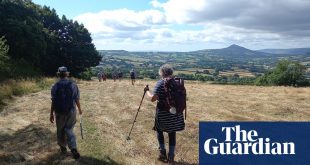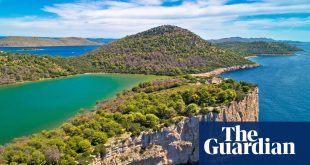Lying back on the grass, I exhaled for what seemed like the first time in 18 months. I was miles away from civilisation and a world away from the long days of solo lockdown in my London flat.
Now I was alone again, but in happier circumstances. I could hear faraway sheep and feel a gentle breeze as I gazed at the Lake District countryside and sky. I was a few days into walking from Cumbria’s Irish Sea shores to the North Sea on the Coast to Coast, a network of paths created by Alfred Wainwright, and it was absolute bliss.
It was September 2021 and while the world was slowly getting back to “normal”, mine had imploded four months earlier when my mum died after a short illness. At her funeral the vicar and my uncle talked about my mum’s gritty determination and resilience. It was entrenched in me, too, but the past 18 months had taken its toll: was the fight still there? Time to find out.
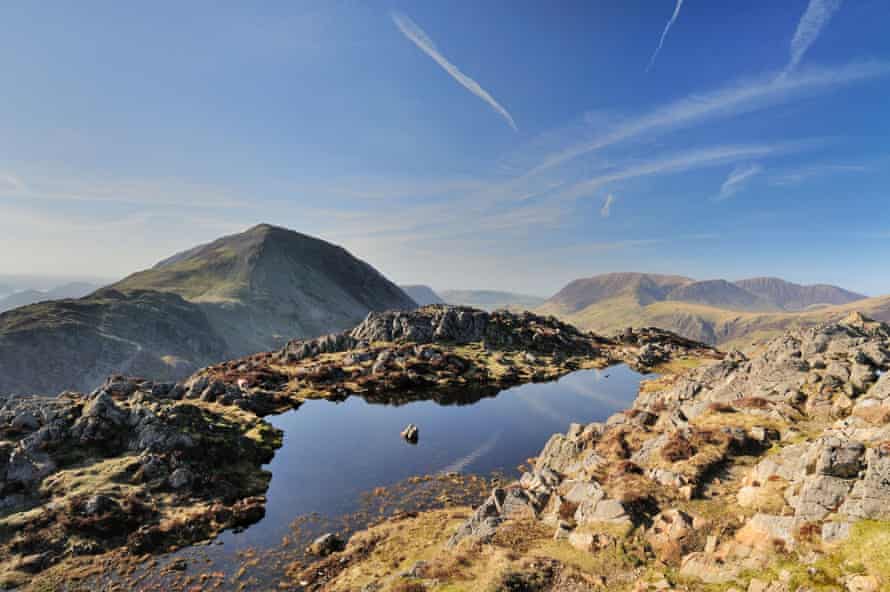
The Coast to Coast wasn’t my first long-distance trail – but it’s not to be underestimated. Over 12 days I crawled up formidable mountains, scrambled down rockfaces, scaled drystone walls, soaked my tired feet in ice-cold streams, negotiated bogs and mires, and tried to face my fear of cows (they’ve been known to kill hikers, you know).
I kept walking. The Coast to Coast is officially 192 miles long, and my itinerary was ambitious, averaging about 16 miles a day, with no rest days. Admittedly, I wasn’t carrying all my gear, or camping – my suitcase was on its own journey from hotel to hotel. All I had to do was put one foot in front of the other and keep going.
While at times my hike was solo, contemplative and a chance to think about my mum; at others it was a riotous jolly jaunt of English eccentricity, the comradeship of fellow hikers and the kindness of strangers.
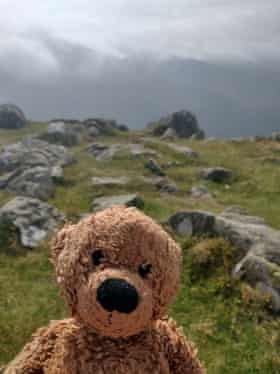
I was halfway between St Bees and Ennerdale Bridge on the first day when I spotted a plastic bag with my name on, hanging on a gate: “For Emma Lunn and bear. Have a great trip.” The bear was my trusty travelling companion, Arnie, a teddy my nephew had given me a decade earlier.
The bag contained a variety of sugary snacks and had been left by a kind local in response to an introductory post I’d written on the Coast to Coast Facebook group the previous night. My gratitude was captured on film by the Stockton Ramblers – a vivacious trio of fellow hikers I regularly fell into pace with along the way, who were making a video blog of their adventure.
I needed the sugar hit the following day when I opted for the “high route” from Ennerdale Bridge to Seatoller. My calves were on fire during the relentless climb to the 755-metre Red Pike, during which I entered a semi-meditative state where I’d count 100 painful steps before allowing myself to stop for a breather, check my GPS, then repeat. With sheep paths crossing my uphill route and the summit shrouded in mist, the going was tough and navigation difficult.
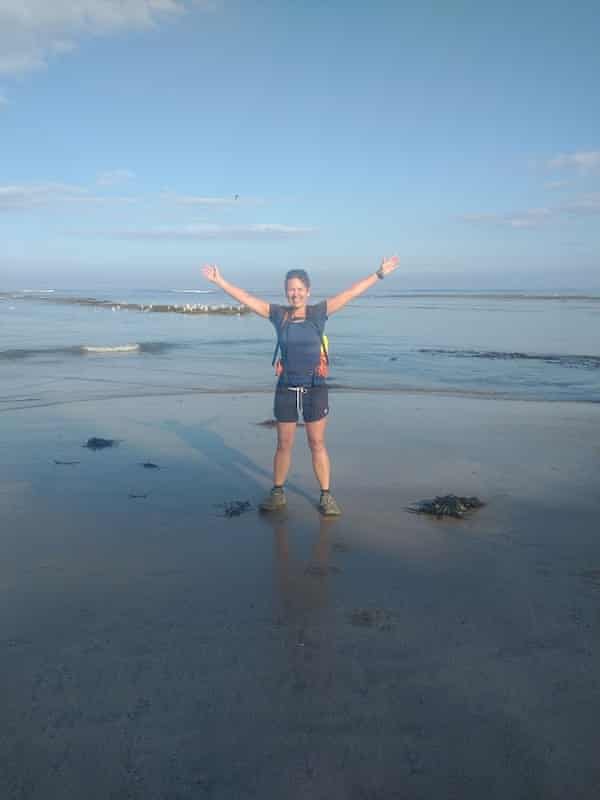
Red Pike was phenomenal and worth the exertion. The clouds cleared moments after I collapsed, dog-tired, yet exhilarated, at the summit. It was the first time I’d reached a spot that gave me a sense of the sheer scale of the Lake District, with Derwentwater, Crummock Water and Ennerdale Water, and others, all in view.
From the top of Red Pike begins something of a classic Lake District ridge ramble to the summits of High Stile and Haystacks. My GPS failed as I scrambled up and over rocks and slid down scree-covered slopes, aimlessly trying to get back on anything resembling a path while my water supplies ran low in the soaring heat.
The Coast to Coast delivered regular doses of euphoria, each time I conquered a summit, survived a dangerous ascent, passed through a field of cows without incident, or simply survived another day. Despite a decent level of fitness, sometimes I could barely stand by the time I reached my B&B or hotel.
I got lucky with the weather. It only rained for about 30 minutes during my entire trip. But while I lamented not packing enough summer clothes, some walkers dispensed of clothes altogether.
I was at the summit of Kidsty Pike, at 780 metres, when my fellow hikers and I collectively averted our eyes as a middle-aged man wearing nothing but hiking boots and a backpack strolled up to the summit. The jury was out on whether it was the infamous Naked Rambler (former marine Stephen Gough), or just a random hiker who found the heat too much.
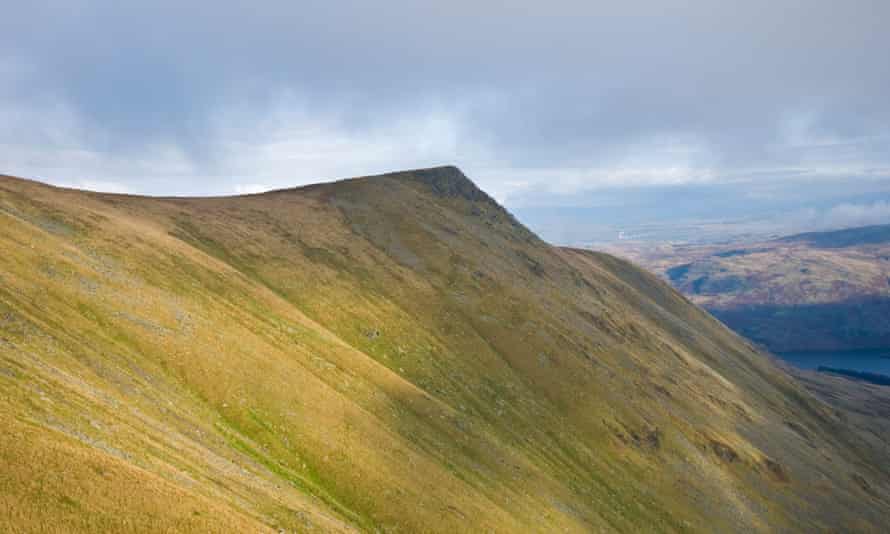
Despite being the most popular long-distance trail in the UK, the Coast to Coast is neither a designated national trail nor signposted. The traditional route mapped out by fellwalker and writer Alfred Wainwright winds through three of England’s most stunning national parks. Traditionally walked west to east, it starts at St Bees, near Whitehaven, before traversing the dramatic mountains and valleys of the Lake District, the rolling fields of the Yorkshire Dales, and the bleak yet remarkable North York Moors. It ends at the picturesque fishing village of Robin Hood’s Bay.
Some hikers carry all their gear, and camp; a mad minority run it in record-breaking attempts. Others pootle happily from pub to pub over 15 or 16 days, taking several rest days. I paid Mac’s Adventures to take care of the logistics, with night stops varying from the swanky Glaramara House Hotel in Borrowdale and walkers’ retreat New Ing Lodge in Shap, to a room above the Arncliffe Arms in Glaisdale.
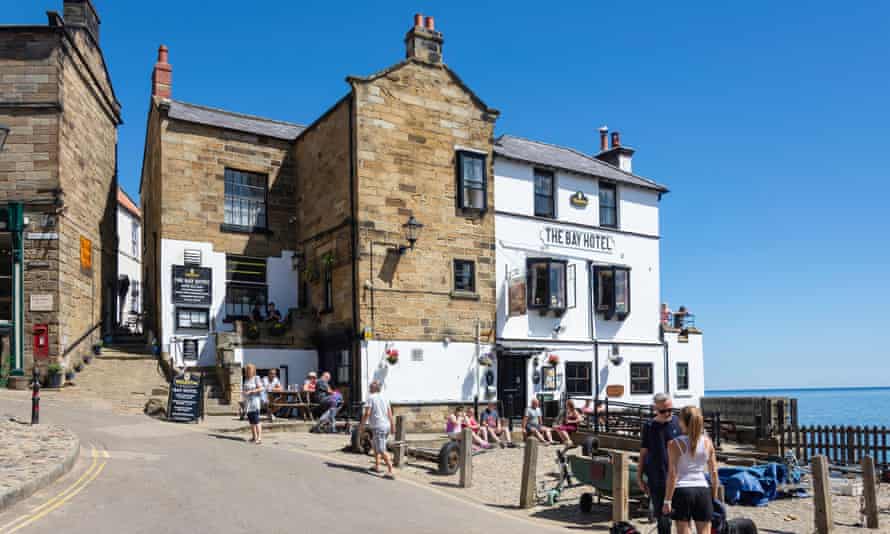
Tradition dictates that anyone embarking on the Coast to Coast walk starts by dipping a toe in the Irish Sea at St Bees and choosing a pebble to throw in the North Sea at Robin Hood’s Bay.
I dispensed of my pebble before I checked in to Lee-Side, a charming B&B in Robin Hood’s Bay with just four rooms (from £60 single). A woman about my age and her mum checked in at the same time as me, and the B&B owners greeted us with coffee and cake. I couldn’t help but feel envious that the other woman’s mum was still with her – then I remembered that my mum had been with me too, every step of the way.
Coast to Coast need to know
Training
Depending on your itinerary, you’ll be walking 13 to 16 miles a day, for up to 10 hours, often uphill. To train you should practise walking this distance on consecutive days. If you plan to carry all your gear, you should take it on your training walks too. Hiking poles are advisable – your knees will thank you.
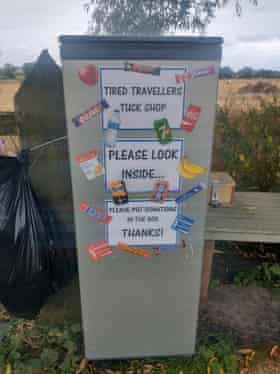
Provisions
Walkers should take sufficient food and water each day. Some days you’ll pass through villages with shops and pubs, but on others you might be dependent on “honesty boxes” at farms and churches where you are expected to leave the right money in exchange for snacks and drinks.
Packages
Macs Adventures can design tailor-made self-guided trips for solo walkers, couples and groups, with rest days as required. Prices start from £1,149 a person for 12 nights, and include accommodation, GPS routes, luggage transfer and taxis, if accommodation is off the route. Other firms offering self-guided Coast to Coast itineraries include Mickledore and Contours Holidays. If you want to book your own accommodation, Sherpavan and Packhorse both offer daily luggage transfers. Campers will need to book at designated campsites – wild camping isn’t allowed.

Public transport
Because the route takes you from one side of England to the other, the best way to travel is by public transport. You can get a train to St Bees from London, via Carlisle. Robin Hood’s Bay doesn’t have a train station, so you’ll need to get a bus to Whitby or Scarborough for rail connections. If you drive, Packhorse offers secure car parking in Kirkby Stephen (about halfway) and offers transfers to St Bees and back from Robin Hood’s Bay.
Safety
Solo walkers should always let a friend or family member know the route they intend to take each day and roughly how long it will take. GPS navigation is easy to follow but reliant on your phone – take a map and compass for back-up and make sure you know how to use it. Stop and chat to any other hikers you meet. Not only is it nice to be sociable, but if you go missing people you’ve spoken to are more likely to remember what time and where they saw you. Pack an emergency foil blanket – these are cheap and lightweight and can keep you warm if you have to spend the night outside. Finally, know your limits. If you’ve never climbed a mountain before, it’s best to do it with someone else before you attempt a summit alone.
 Top Naija News: Nigerian News, Breaking News Nigeria and World News Top Naija News is a daily news publication in Nigeria, delivering the latest breaking news in Nigeria and around the world.
Top Naija News: Nigerian News, Breaking News Nigeria and World News Top Naija News is a daily news publication in Nigeria, delivering the latest breaking news in Nigeria and around the world.

